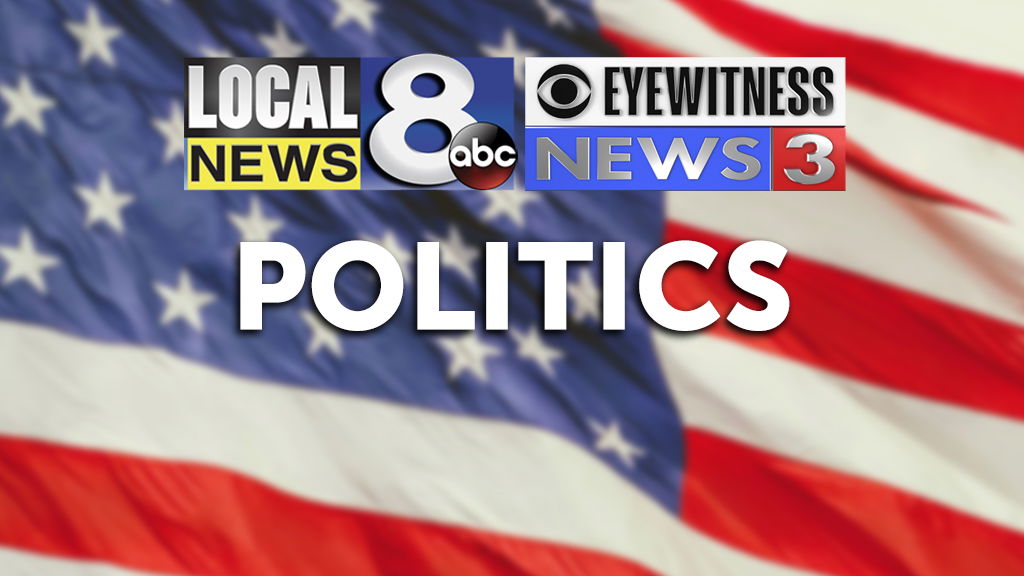Fact-checking the Biden administration’s sliding scale on vaccines and school reopening goals

A large part of the conversation on recovering from the coronavirus pandemic in the US has focused on the success of the vaccine rollout and how quickly schools can reopen for in-person learning. The Biden administration, however, has struggled with its messaging over the goals and timelines for each, continually shifting and at times contradicting previously stated objectives.
On the plan for both vaccines and reopening schools, President Joe Biden has said one thing and the voice of his administration, White House press secretary Jen Psaki, has sometimes said another, setting the bar so that the administration can easily exceed it.
School re-opening
As part of their “100 days” branding, the Biden administration staked out the target of reopening most schools in his first 100 days.
“It should be a national priority to get our kids back into school and keep them in school,” Biden said on December 8, announcing the goal of getting “the majority of our schools…open by the end of my first 100 days.”
The goal was then changed to include only K-8, and “re-opening” was re-defined by Psaki as “teaching at least one day a week” in-person. A week later, Biden attempted to correct the record at a CNN town hall, causing confusion over what the administration is actually working towards.
“His goal that he set is to have the majority of schools — so, more than 50% — open by day 100 of his presidency,” Psaki said on February 9. “And that means some teaching in classrooms. So, at least one day a week. Hopefully, it’s more.”
Reopening as Psaki defined it has already been accomplished in the US. According to multiple estimates, the majority of schools are already meeting in-person at least once a week.
Burbio, a private data tracking company that tracks 1,200 school districts representing over 35,000 public schools in 50 states, reported on February 13 that 33.6% of students K-12 in the US are attending “virtual-only” schools. The majority of students are attending schools that meet Biden’s goal, with 40.8% of students attending schools that meet in-person every school day and 25.6% attend “hybrid” schools that switch between online and in-person learning throughout the week.
Another analysis from the Center on Reinventing Public Education found that in December, out of 477 school districts sampled 68 percent offered some level of in-person instruction and “44 percent of school districts were offering fully in-person instruction.”
The reframing from the administration was widely criticized as insufficient and a walk back from the original implication of reopening schools in the first 100 days.
When pressed about his administration’s stance on reopening during a February 16 CNN town hall a week after Psaki’s reframing, Biden clarified that for K-8 students “the goal will be five days a week” of in-person instruction or close to that by the end of his first 100 days.
He said it’s “not true” that reopening would entail only one day a week in person, calling Psaki’s statements on reopening a “mistake in the communication.”
Vaccines
Mistakes in communication have caused trouble for the Biden administration on more than one front.
Regarding vaccines, Biden was criticized for not aiming high enough with his initial goal to reach a total of 100 million doses of Covid-19 vaccine administered within their first 100 days, for an average of 1 million doses administered per day. But when he suggested working toward 1.5 million doses per day, Psaki insisted that their aim was to meet and hopefully exceed the original goal, not shift the goalposts.
While some early media coverage expressed skepticism about the feasibility of the Biden administration’s initial goal of 1 million doses per day, by inauguration, it seemed the country was already on track to achieve the desired level of daily vaccinations without any additional action by the Biden administration. According to data published by the Centers for Disease Control and Prevention, the US averaged 914,000 doses administered per day in the week leading up to the inauguration. The day after Biden took office, the 7-day moving average of daily doses administered met the 1 million goal.
Five days into his first term, Biden acknowledged that the US would likely reach the initial target of 1 million doses per day in less than a month. Despite Biden himself suggesting the country might near 1.5 million doses per day in about three weeks, the administration has insisted their goal remains 100 million vaccine shots in his first 100 days in office.
A day after Biden raised the 1.5 million aspiration, Psaki clarified that this was not a “new goal” for the administration, making it clear they planned to measure themselves against the initial benchmark.
“The President didn’t actually say, ‘the new goal is.’ The President said, ‘I hope we can do even more than that,’ and that is certainly, of course, his hope. He is continuing to push our team to get as many Americans vaccinated as quickly as possible,” Psaki said.
As of February 20, the 7-day average number of administered vaccine doses reported to the CDC per day was 1.2 million and approximately 64.2 million vaccine doses have been administered. Earlier that month, the 7-day average had exceeded 1.5 million on multiple occasions.
Regarding the Biden administration’s vaccination goal, CNN data analyst Harry Enten noted that “a look at the statistics reveal that it may very well be too modest, but it’s likely good politics.”
“Biden’s team, if anything, wants to do the exact opposite of what Trump did. They don’t want to set a bar that can easily prove impossible to beat. They want a bar that can be met and can potentially be exceeded,” Enten writes. “In other words, they may end up under-promising and over-delivering.”